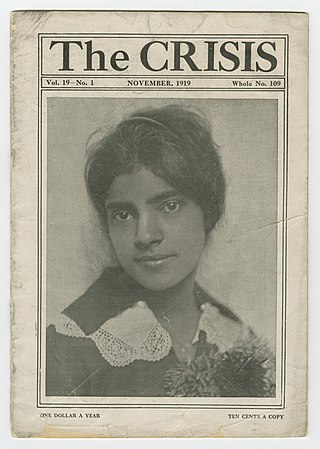
The Crisis is the official magazine of the National Association for the Advancement of Colored People (NAACP). It was founded in 1910 by W. E. B. Du Bois (editor), Oswald Garrison Villard, J. Max Barber, Charles Edward Russell, Kelly Miller, William Stanley Braithwaite, and Mary Dunlop Maclean. The Crisis has been in continuous print since 1910, and it is the oldest Black-oriented magazine in the world. Today, The Crisis is "a quarterly journal of civil rights, history, politics and culture and seeks to educate and challenge its readers about issues that continue to plague African Americans and other communities of color."
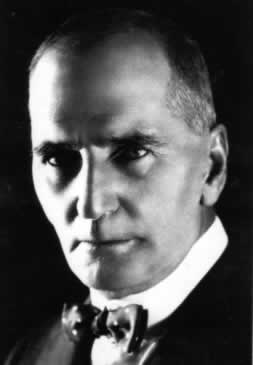
Eugène Nielen Marais was a South African lawyer, naturalist, and important writer and poète maudit in the Second Language Movement of Afrikaans literature. Since his death by his own hand, Marais has been widely hailed as a literary and scientific genius and a cultural hero of the Afrikaner people.
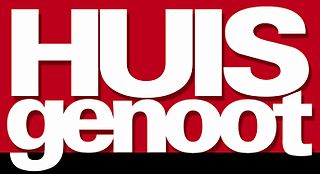
Huisgenoot is a weekly South African Afrikaans-language general-interest family magazine. It has the highest circulation figures of any South African magazine and is followed by sister magazine YOU, its English-language version. A third magazine, Drum, is directed at the black market. The magazines have a combined circulation of about 550 000 copies a week. Yvonne Beyers is the current editor of Huisgenoot.
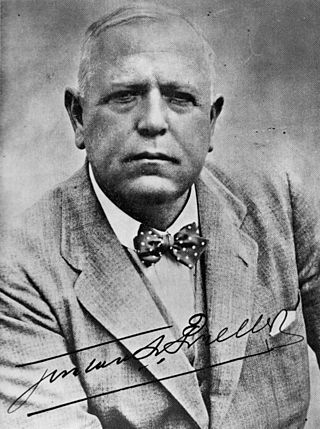
Gustav Schoeman Preller was a journalist, historian, writer and literary critic. He fought for the recognition of Afrikaans. Preller helped the Afrikaner to realize the importance of the history of South Africa. He made great contributions to the writing of South African history, through his research and literature. He also contributed greatly to making South Africans aware of the legacy of the Voortrekkers and also played an early part in planning the Voortrekker Monument.
Johannes du Plessis Scholtz was a South African philologist, art historian, and art collector.
The Hertzog Prize is an annual award given to Afrikaans writers by the Suid-Afrikaanse Akademie vir Wetenskap en Kuns, formerly the South African Academy for Language, Literature and Arts. It is the most prestigious prize in Afrikaans literature.
Afrikaans literature is literature written in Afrikaans. Afrikaans is the daughter language of 17th-century Dutch and is spoken by the majority of people in the Western Cape of South Africa and among Afrikaners and Coloured South Africans in other parts of South Africa, Namibia, Zimbabwe, Botswana, Lesotho and Eswatini. Afrikaans was historically one of the two official languages of South Africa, the other being English, but it currently shares the status of an "official language" with ten other languages.
Albertha Magdalena Bouwer was a South African Afrikaans-writing journalist and author. She is best known for her series of children's stories about the experiences of a small girl called Alie growing up in the fictional location Rivierplaas in rural Free State. Late in life she published a novel for adults, Die afdraand van die dag is kil, about two women in old age.
There have been several Bible translations into Afrikaans, a language primarily spoken in South Africa and Namibia. The South African Bible Society released full Afrikaans Bibles in 1933, 1953, 1983, and 2023. Other full translations include Die Lewende Bybel (1982), the Nuwe Wêreld-vertaling van die Heilige Skrif (2001), Die Boodskap (2002), the Nuwe Lewende Vertaling (2006), Pad van Waarheid tot die Lewe (2016), and Contemporary Afrikaans Bible (2020). In addition, several individual books were translated into Afrikaans between the 1880s and the 1920s. This was as opinion had started to change that Afrikaans had become a language in its own right separate from Dutch; prior to that, the Dutch Statenbijbel had been used instead.

The Suid-Afrikaanse Akademie vir Wetenskap en Kuns (SAAWK) is a multidisciplinary organization dedicated to promoting science, technology and the arts in Afrikaans, as well as promoting the use and quality of Afrikaans. The Hertzog Prize is awarded annually by the academy for high-quality literary work, while the Havenga prize is awarded annually for original research in the sciences.
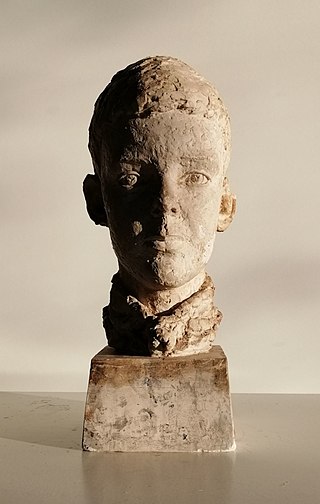
Moses Kottler (1896–1977) was a South African painter and sculptor. He is widely regarded, along with Anton van Wouw and Lippy Lipshitz, as one of the most important South African sculptors. This triumvirate had the distinction of also having excelled at using pictorial media; Lipshitz with monotypes and Van Wouw in painting and drawing. Kottler's work in oils earned him additional consideration as a painter.
Phil du Plessis Afrikaans poet, musician and medical doctor, was born as Johannes du Plessis at Fouriesburg, in the Orange Free State, South Africa. Following the appearance of his first anthology, he was hailed by Andre Brink as the spokesman for an underground 'Sixties' group in Afrikaans poetry. Something of a Renaissance man, a leader of an Afrikaans avant-garde, his work was experimental, latterly integrating poetry and art.
Die Brandwag Hoërskool is an Afrikaans medium school in Uitenhage, South Africa, with an academic orientation. The school opened in 1937, and is named after a peak in the Drakensberg in Golden Gate Highlands National Park, called "The Sentinel" in English, which appears on the school's emblem. Its motto is "U dienswillige dienaar", which was the title of the autobiography of Afrikaans literary figure Cornelis Jacobus Langenhoven.

Victor Arkhipovich Ivanoff, a son of a Don Cossack general, was a South African artist, cartoonist and singer.
S. V. Petersen was an Afrikaans-language South African poet and author, educator and founding principal of the Athlone High School, Silvertown Athlone, Cape Town. He was the first person of colour whose poetry and prose were published in South Africa.
Tydskrif vir Letterkunde is a peer-reviewed academic journal covering African literature. The editor-in-chief is Hein Willemse.
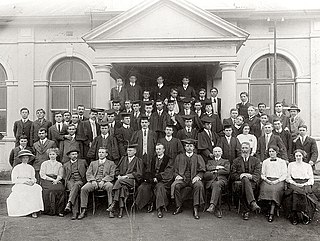
Potch Gim is a public Afrikaans medium co-educational high School in Potchefstroom, North West, South Africa.
Johannes Petrus Spies was a Namibian author and popular storyteller. Alongside P.G. du Plessis he was the presenter of the popular television program Spies en Plessie – met permissie, and hosted personalities like Tolla van der Merwe, Koos Meyer, Danny Pretorius, Nico Nel and Pyp de Villiers.
Sarah Eva Goldblatt was a South African journalist, teacher, and literary editor of C.J. Langenhoven's writing. She is the first woman to have poems published in Afrikaans.

Jochem van Bruggen (1881–1957) was an Afrikaans author and the first winner of the Hertzog Prize for prose for his work Teleurgestel ("Disappointed") in 1917. He was part of the Second Afrikaans Language Movement and is best known for Ampie, a series about poor and destitute Afrikaners in South Africa during the Depression of 1920–1921.










